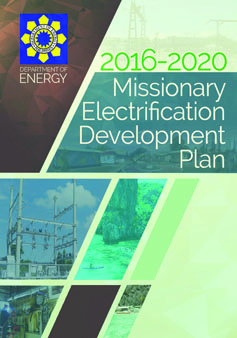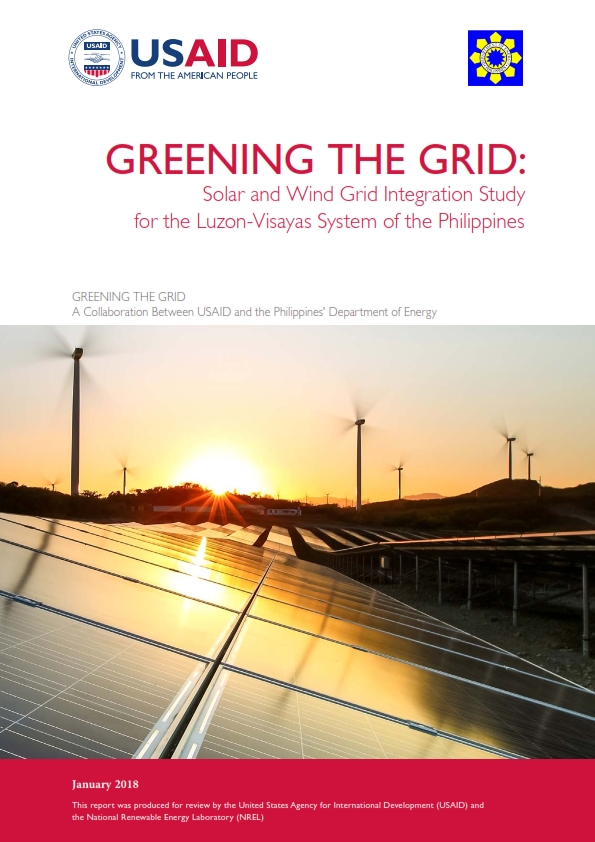 The Department of Energy (DOE), in coordination with the Small Power Utilities Group of the National Power Corporation (NPC-SPUG), the National Electrification Administration (NEA), Distribution Utilities (DUs), New Power Providers (NPP), and Qualified Third Parties (QTP), pursuant to Rule 13 of the Implementing Rules and Regulations (IRR) of Republic Act No. 9136 or the Electric Power Industry Reform Act of 2001 (EPIRA), prepared the 2016-2020 Missionary Electrification Development Plan (2016 MEDP). It covers the development plans and programs of the Government to increase access to sustainable energy in off-grid areas in the country and improve the efficiency in the use of energy.
The Department of Energy (DOE), in coordination with the Small Power Utilities Group of the National Power Corporation (NPC-SPUG), the National Electrification Administration (NEA), Distribution Utilities (DUs), New Power Providers (NPP), and Qualified Third Parties (QTP), pursuant to Rule 13 of the Implementing Rules and Regulations (IRR) of Republic Act No. 9136 or the Electric Power Industry Reform Act of 2001 (EPIRA), prepared the 2016-2020 Missionary Electrification Development Plan (2016 MEDP). It covers the development plans and programs of the Government to increase access to sustainable energy in off-grid areas in the country and improve the efficiency in the use of energy.
Consistent with the social and development agenda of the government, the 2016 MEDP outlines the various policies, plans and programs to expand electricity access and improve the electricity services in off-grid areas. It gives an update on the condition of missionary electrification and later on delineates the government’s plans of action and policy directions to ensure the provision of adequate, reliable, and efficient supply of electricity in the missionary areas.1 In particular, this MEDP addresses the pressing conditions and needed policies pertaining to the: (1) improvement of the Private Sector Participation (PSP) Program; (2) improvement of operations and services in missionary areas; (3) and the rationalization of Universal Charge for Missionary Electrification (UCME).
ISSN: 2599-5235
Click to view/download PDF file of 2016-2020 Missionary Electrification Development Plan

